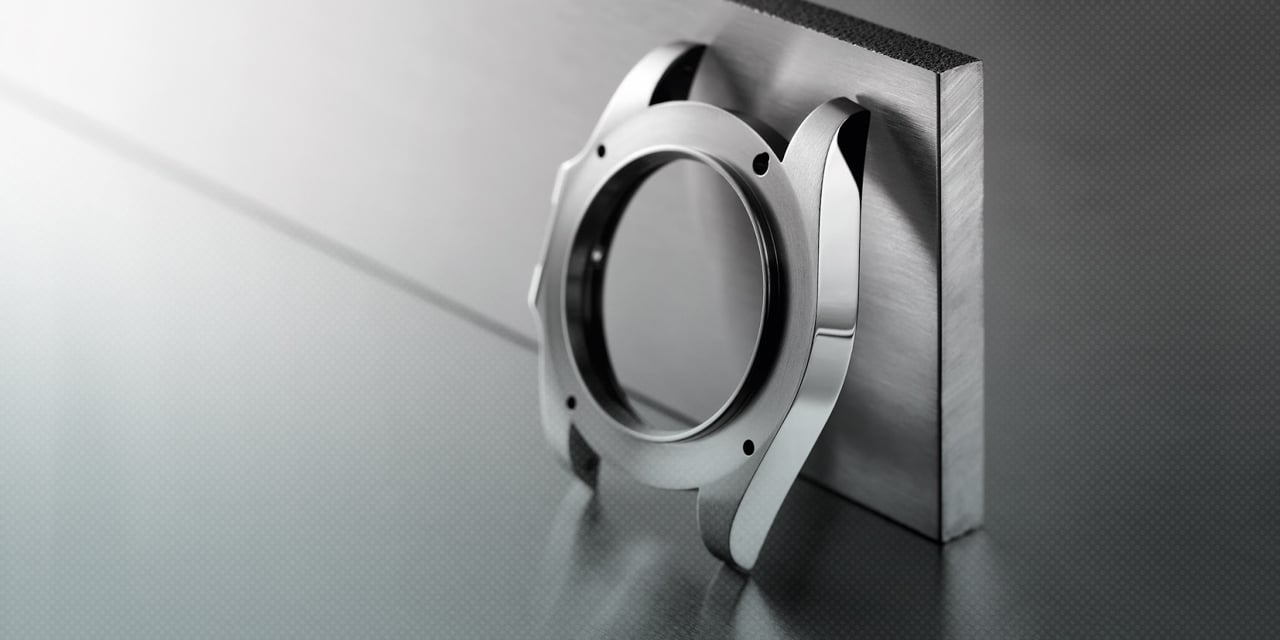
What type of steel does Tudor use? Does Tudor use 904L steel?
A common question that we often hear is which type of steel Tudor uses for its watches. In this article, we will, therefore, answer that question.
What type of steel does Tudor use?
Tudor uses 316L stainless steel for all its watches and has always done.
Tudor’s bigger brother Rolex, on the other hand, uses 904L stainless steel, which can explain people’s curiosity about whether Tudor follows in the same footsteps. But as you can see, this is not the case.
361L steel is the industry standard steel for wristwatches. Only a small number of manufacturers use 904L stainless steel rather than 316L, but Rolex is the brand that screams the highest about it. In 2003 Rolex’s entire production line changed to 904L steel.
Now, 316 is by no means a bad-grade stainless steel to use. It is durable and can handle harsh environments.
The reason why Rolex uses 904L stainless steel is due to the fact that it is more corrosion-resistant. It isn’t the hardest steel but is used in chemical and airline industries.
Furthermore, 904L steel can hold a polish really well, and the steel has a different luster than 316L.
The 904L has extra Chromium, Molybdenum, Nickel, and Copper added which gives it improved resistance to acids. 316L steel is tougher and harder, but it does not have the same anti-corrosion characteristics, which of course was the biggest issue for Rolex.
Whilst 316l stainless steel isn’t very durable, it can corrode and rust over time. Now, it won’t rust or corrode after only a few years, but on some vintage Rolex watches, for example, you can see that the case has started to corrode and gotten signs of rusting. Most cases that use 316l steel won’t get this, but if your watch is regularly in contact with corroding acids such as sweat and salt water, the risks that the case will eventually start to corrode are dramatically increased. This is particularly true if moisture and acid finds its way into the case, as it is common that vintage watches can show signs of corrosion between the case back and the case.
Why don’t all manufacturers use 904L steel?
If 316l steel has a risk of corroding, why doesn’t Tudor and all other watch manufacturers use 9044l steel?
The simple answer is cost.
904L steel is much more expensive to machine due to its hardness. In fact, Rolex had to change most of its tools and steel machining equipment when they moved to 904L.
which means moving from 316l to 904l requires some substantial investments.
The reason why most manufacturers including Tudor do not use it is that it is not a huge enough issue in comparison to what it costs to use and invest in it. It may take ten, twenty, or even 50 years until it shows signs of corrosion – if ever.
After all, Tudor watches are substantially more affordable than Rolex watches.






The cost difference is minimal considering the price of the watch. 316 is tougher in the usual sense of the word.
Why do tudor have aluminium bezels and rolex ceramic? (Usually) Answer: different marketing for different customers. It wouldn’t do to have too much similarly and its always a taking point.
Hi David!
Thanks for your input!
You are absolutely right!
Kind regards,
Millenary Watches